
Guide to Sea vegetables
Sea vegetables are packed with a broad range of minerals (particularly iodine), making them a great addition to a healthy diet. As many of us are unfamiliar with these nutrient-loaded foods, we've compiled a guide that sheds some light on how to add some commonly consumed sea vegetables to your diet. Widely consumed since ancient times in Asian countries including Korea, Vietnam and Malaysia, sea vegetables are also prominent in most countries located by water, including Iceland, Norway, Scotland, Ireland, the Pacific Islands and coastal South American countries. Sea vegetables have a long history and have been consumed by Japanese people for more than 10,000 years and makes up more than 10 per cent of their diet today. Honoured guests and royalty in ancient China were served sea vegetables as a special delicacy. While land plants tend to be brittle and often have rigid stalks and leaves from growing in soil, sea vegetables are soft and flexible. A simple, flavourful addition to vegetable dishes, salads and soups, sea vegetables don't require cooking. The World's Healthiest Foods recommends 1 tsp of sea vegetables per day. They are the highest known source of iodine and also contain vitamin C, manganese, and vitamin B2. They are also a good source of vitamin A and copper, protein, pantothenic acid, potassium, iron, zinc, vitamin B6, niacin, phosphorus, and vitamin B1. (Read more at World's Healthiest Foods). Kelp The most readily available type of edible seaweed, kelp is generally found in dried form and can be eaten right out of the bag. It can be soaked for several minutes in warm water and added to vegetable stir-fries, bean stews, soups, cooked grains or simple noodle dishes. It complements carrots, onions, kale, cabbage and other greens well. It will add a salty flavour to dishes. Kelp is a very sustainable plant that grows exceptionally fast and can grow back fully within ten days of being harvested. A study by the University of Berkeley's School of Public Health found that kelp can reduce the level of hormone related to breast cancer risk.
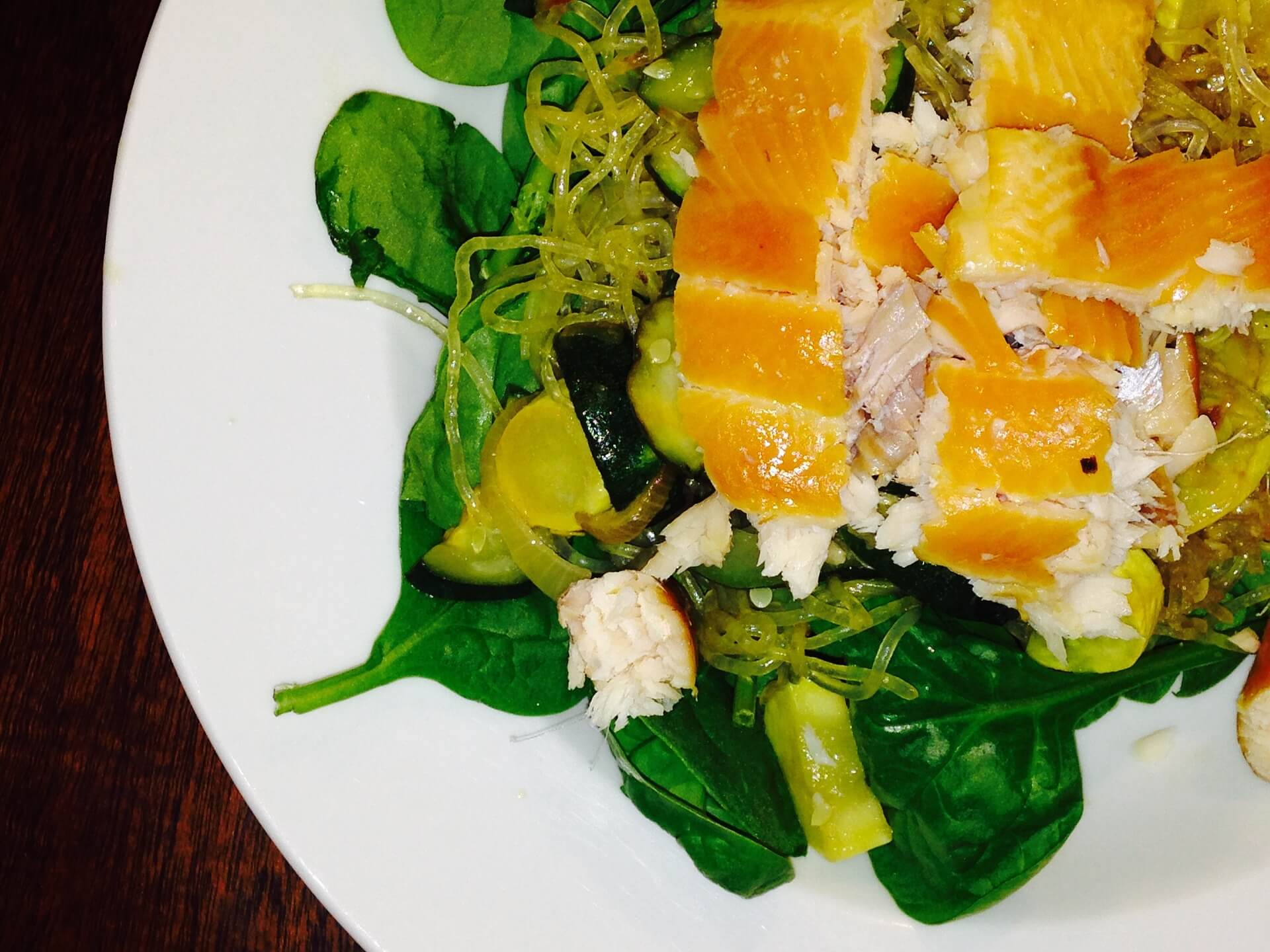
Kombu A member of the kelp family, kombu is a thick, dark green algae. Commonly eaten in Japan, it comes dried and is used to make dashi, the essential broth used to make soup and noodle dishes. It's cooked until soft and used to make salads. It can be roasted until crisp, then crumbled and used as a substitute for salt. It is known to help release toxins from the body and strengthen the blood (The Macrobiotic Path to Total Health). If you're not well acquainted with sea vegetables, try kombu egg soup. Its flavour is fairly mild and it requires minimal ingredients. You can find a great recipe here.
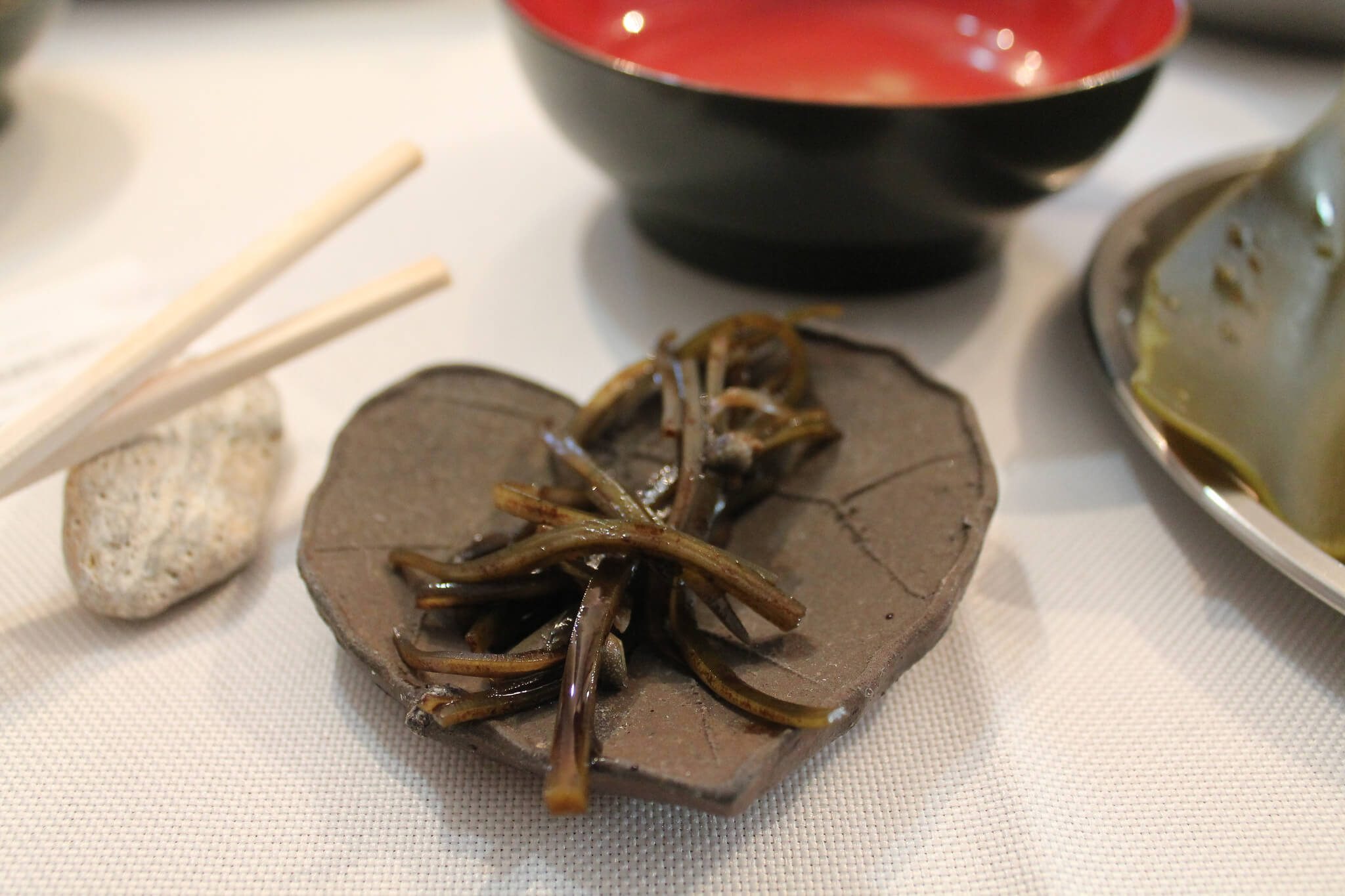 Annabelle Orozco
Annabelle OrozcoWakame Closely related to kombu, wakame is commonly used to make seafood salad and miso soup (it will often be floating on top in thin strips). It can be purchased dry or fresh and is available in powder form. When cooked, it turns a translucent green colour. Restaurants in Japan and Korea will often toss wakame with sesame oil over a bed of lettuce. The chewy seaweed complements the delicate lettuce well. Wakame helps protect against high blood pressure. tumours and infection (The Macrobiotic Path to Total Health).
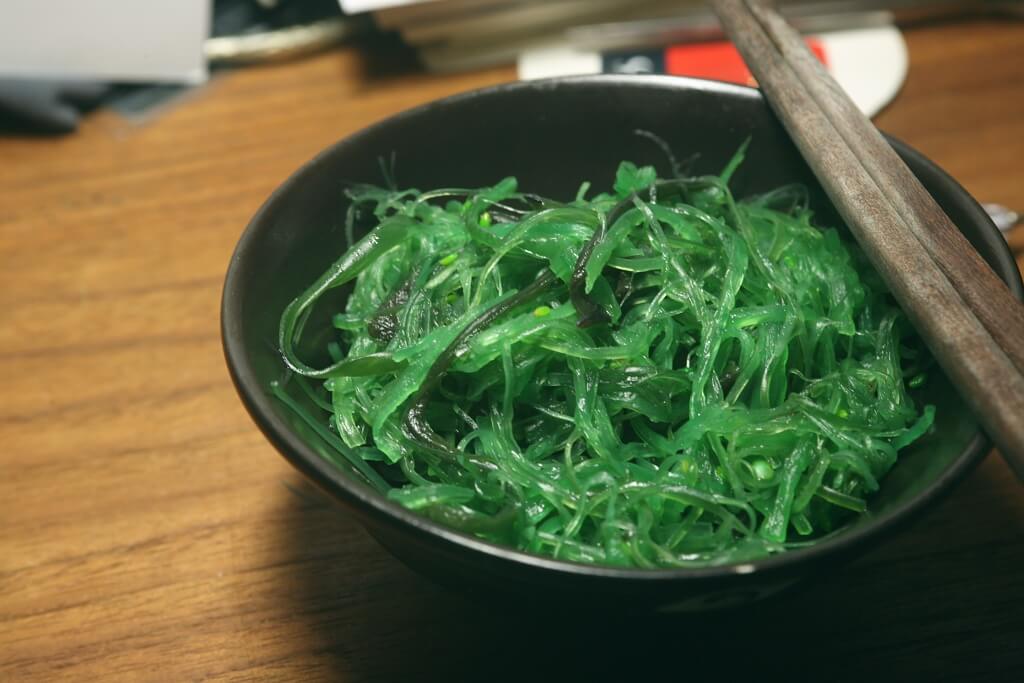 Weddingraphy Studio
Weddingraphy StudioArame A brown kelp commonly used in Japan, China and Korea, arame is characterized by a sweet, mild taste and delicate texture. Ready to eat after a brief soak in water (for at least five minutes), it turns dark brown when cooked and is a great addition to soups and salads and complements other vegetables well. Try sautéing soaked, drained arame with garlic and onions, red pepper, sweet corn. You can follow the recipe here. Packed with iron and calcium, arame strengthens teeth and bones and enhances circulation (The Macrobiotic Path to Total Health). Dulse flakes Dulse does not require cooking and can be eaten right out of the bag as a snack. They are a great, healthy substitute for corn chips or potato flakes as they have a crunchy, salty flavour. A red seaweed originating from the waters of the Atlantic Coast of Canada and the shores of Ireland and Norway, dulse flakes can be eaten raw, roasted, fried, dried or can be used to thicken soups. They are excellent for sprinkling onto salads, soups or other favourite dishes. Keep on the dinner table for seasoning foods instead of using table salt.
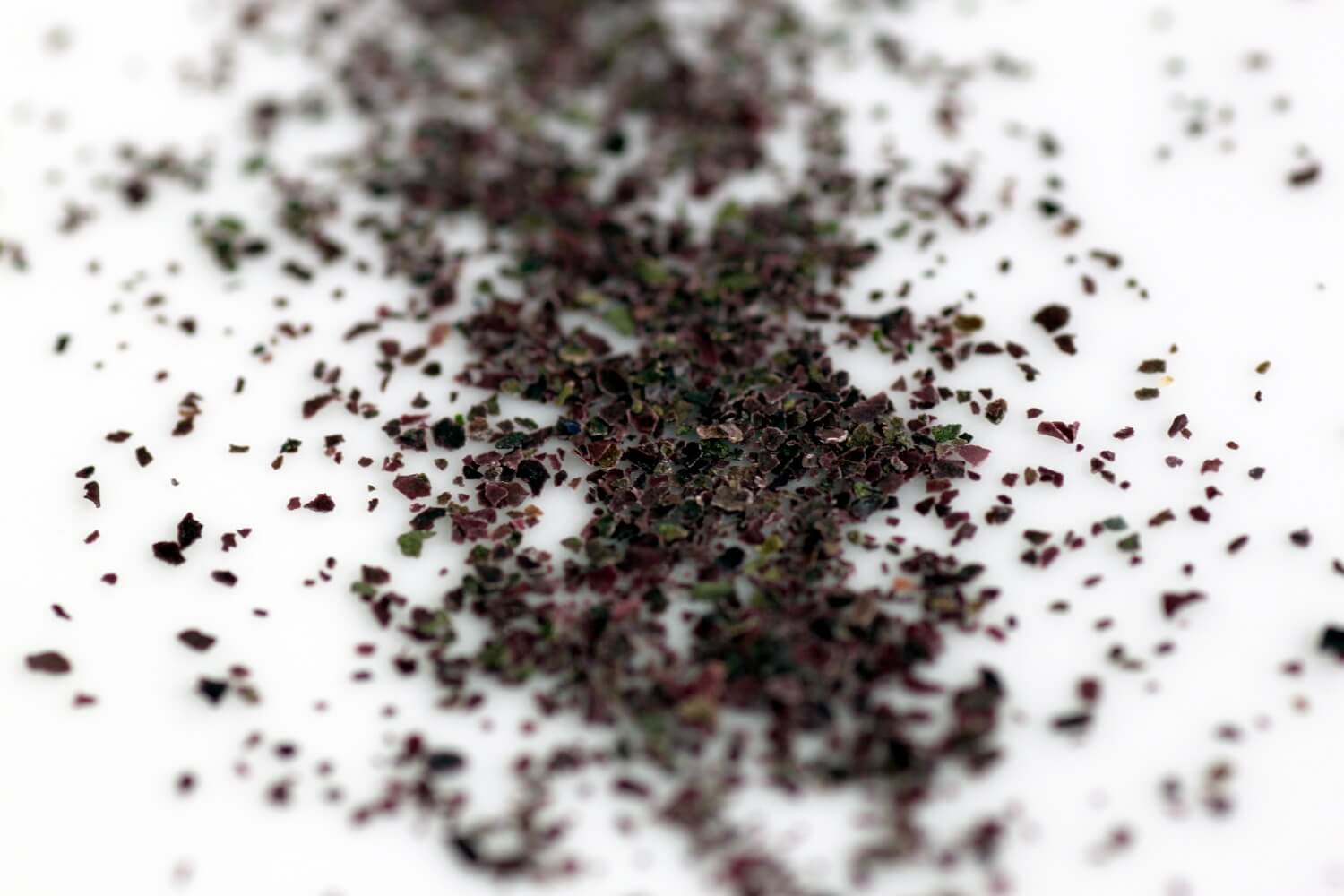 Stacy
StacyNori If you've eaten sushi rolls before, you've eaten nori. Thin and crispy, nori is the mildest form of seaweed and is generally found roasted in sheets. It can be eaten plain as a healthy snack, or you can try wrapping up gobs of tuna tossed with olive oil. Rich in protein, iron and calcium, nori fosters kidney and urinary function and helps improve circulation and reduce cholesterol. Try brewing a carrot daikon tea with nori to cleanse the body and help foster digestion. You can try this recipe.
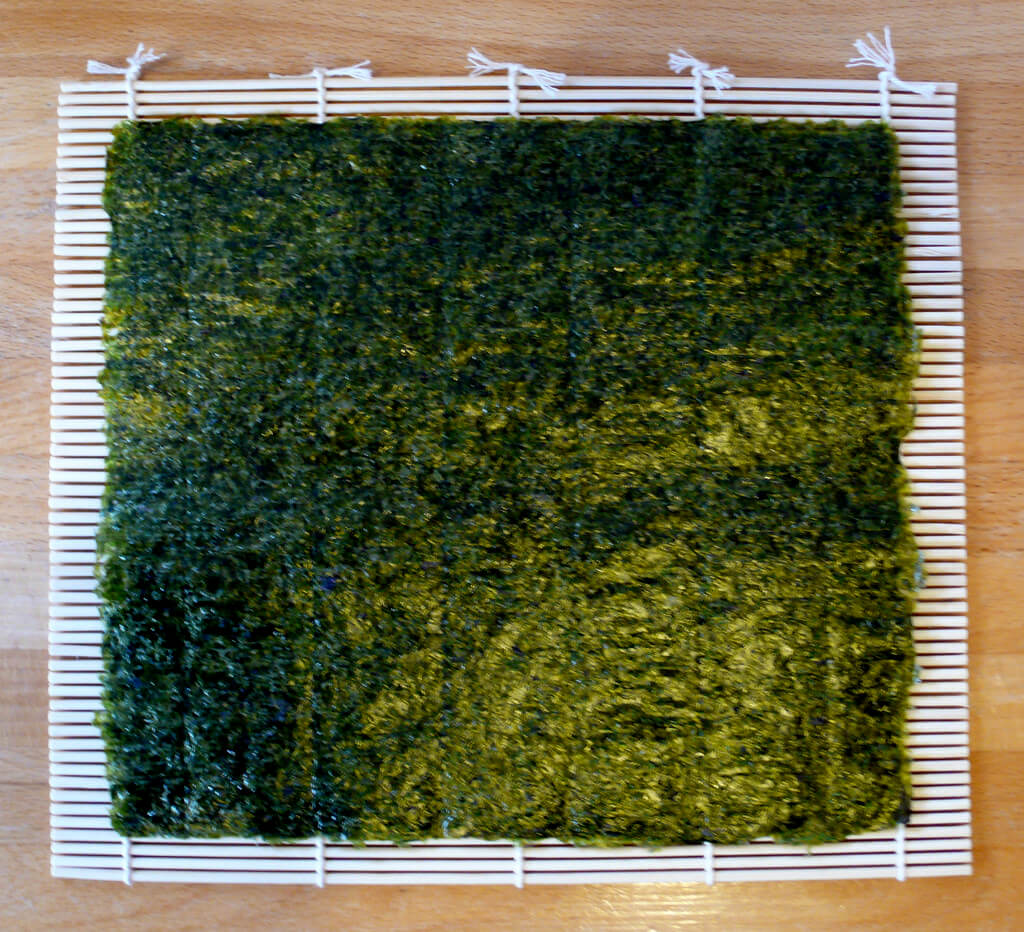 Paul Downey
Paul DowneyWhen purchasing sea vegetables, look for tightly sealed packages. Available in different forms, choose ones that best fit your culinary needs. Sea vegetables should be stored in tightly sealed containers at room temperature, to maintain freshness and prolong shelf life for at least several months. There is ongoing debate concerning the possibility of sea vegetables being contaminated with toxic or heavy metals. Considering their excellent ability to act like a sponge and absorb all the beneficial minerals in sea water, it seems plausible that they would also absorb all the negative compounds, such as mercury, lead and arsenic. Many studies have revealed the low probability of health risks from heavy metals via sea vegetable consumption. Only one type, Hijiki, is considered to be high-risk when it comes to arsenic exposure. Based on numerous studies, we recommend avoidance of hijiki unless available it's certified organic (read more here). Naturopathic physician Dr. Paul Gannon reveals how healthy, easy and delicious Asian cuisine is. Watch the video below to learn how to make a wakame (seafood) salad that your family and friends will enjoy.
